Do you need to know what Young’s Modulus is or Hooke’s Law? We have blogs to help you learn about the inventors and help you understand their engineering definitions.
There are also interesting insights into Engineering and Disabilities, Jobs in Space Technology, Research Projects and more.

MECHANICAL AND CIVIL ENGINEERING PRINCIPLES GLOSSARY PART 1
This glossary of terms provides an A to F of mechanical and civil engineering terminology from understanding different types of Arches at A, to an explanation of the Froude Number at F. Continue reading here
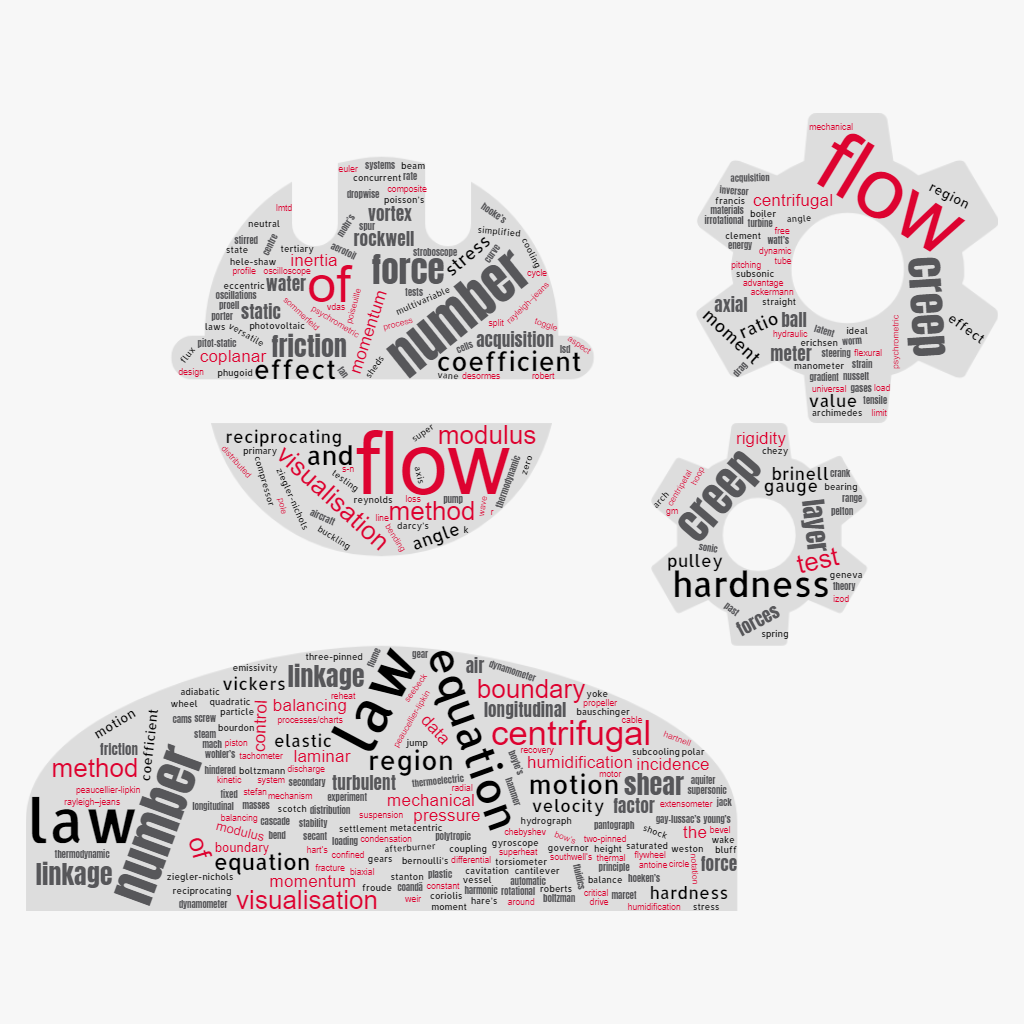
Bernoulli’s Principle and Equation
Bernoulli’s principle states that an increase in the speed of a fluid occurs simultaneously with a decrease in pressure or a decrease in the fluid’s potential energy. Continue reading here: Daniel Bernoulli: Bernoulli’s Principle and Equation

Top 20 Mechanical Engineering Principles for a Job in Space Technology
For young engineers fascinated by the developments in the space industry right now working in the sector is a more realistic option than ever before. The industry has multiplied times over in the last five years, with more private investment from companies, increasing public interest in space travel and growing demand for space-based technology like satellite imagery and broadband services. Continue reading here: Top 20 Mechanical Engineering Principles for a Job in Space Technology

Young's Modulus
Young described the characterization of elasticity that came to be known as Young's Modulus, denoted as E, in 1807. This is a ratio of the stress divided by the strain on a material. It is a measure of the stiffness of a material (a stiffer material has a higher value of Young’s Modulus). Continue reading here: Thomas Young: Young’s Modulus
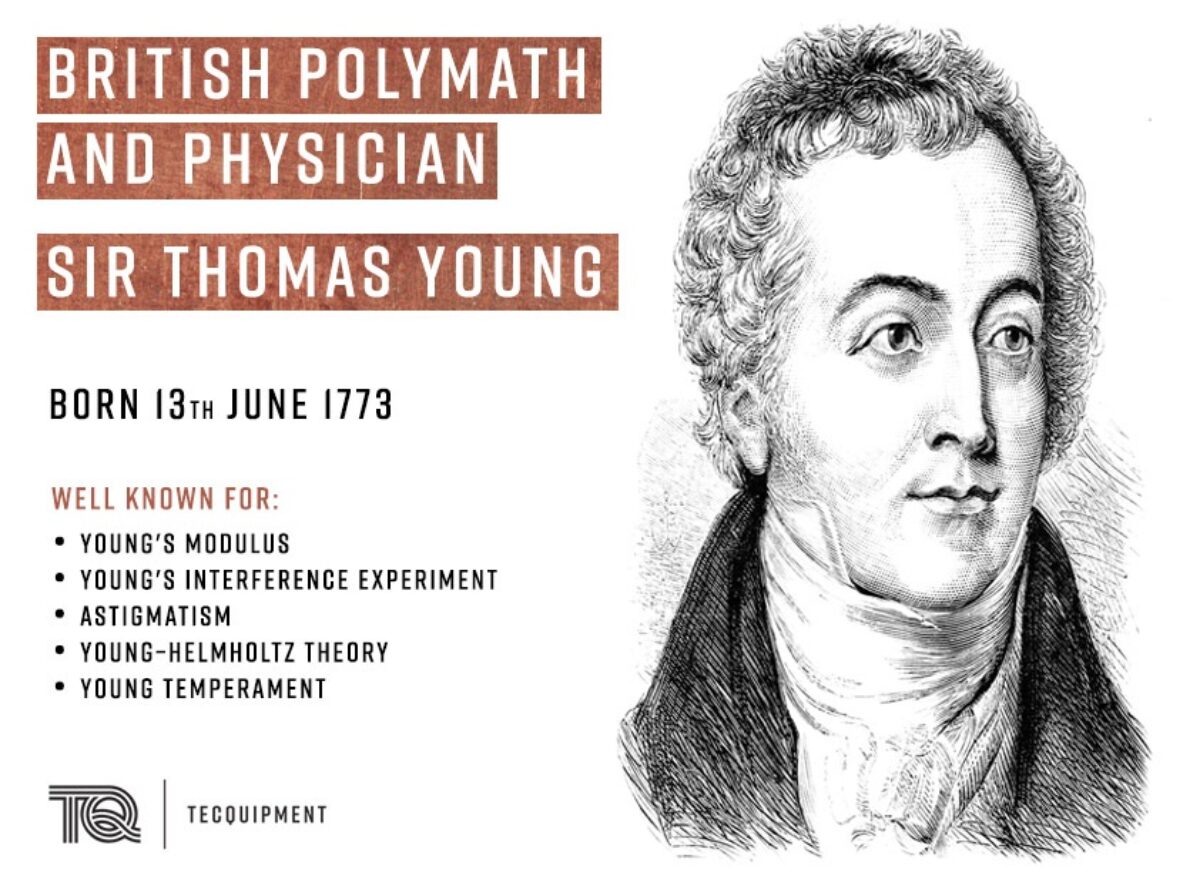
Learning to Play with Innovation
There’s another angle to this — it’s not just about learning to play, there are also rich opportunities in playing to learn. The power of play is that it allows simulation, rehearsal, experiment and crucially failure in safe fashion. Continue reading here: Learning to Play with Innovation

Darcy's Law
While Darcy was working as Chief Director for Water and Pavements, he focused more of his time on hydraulics research. Later he went on to define Darcy’s Law. This was initially to describe flow through sands, but it is now a more generalised unit of measure for fluid permeability – named in Darcy’s honour. Continue reading here: Henry Darcy of Darcy's Law
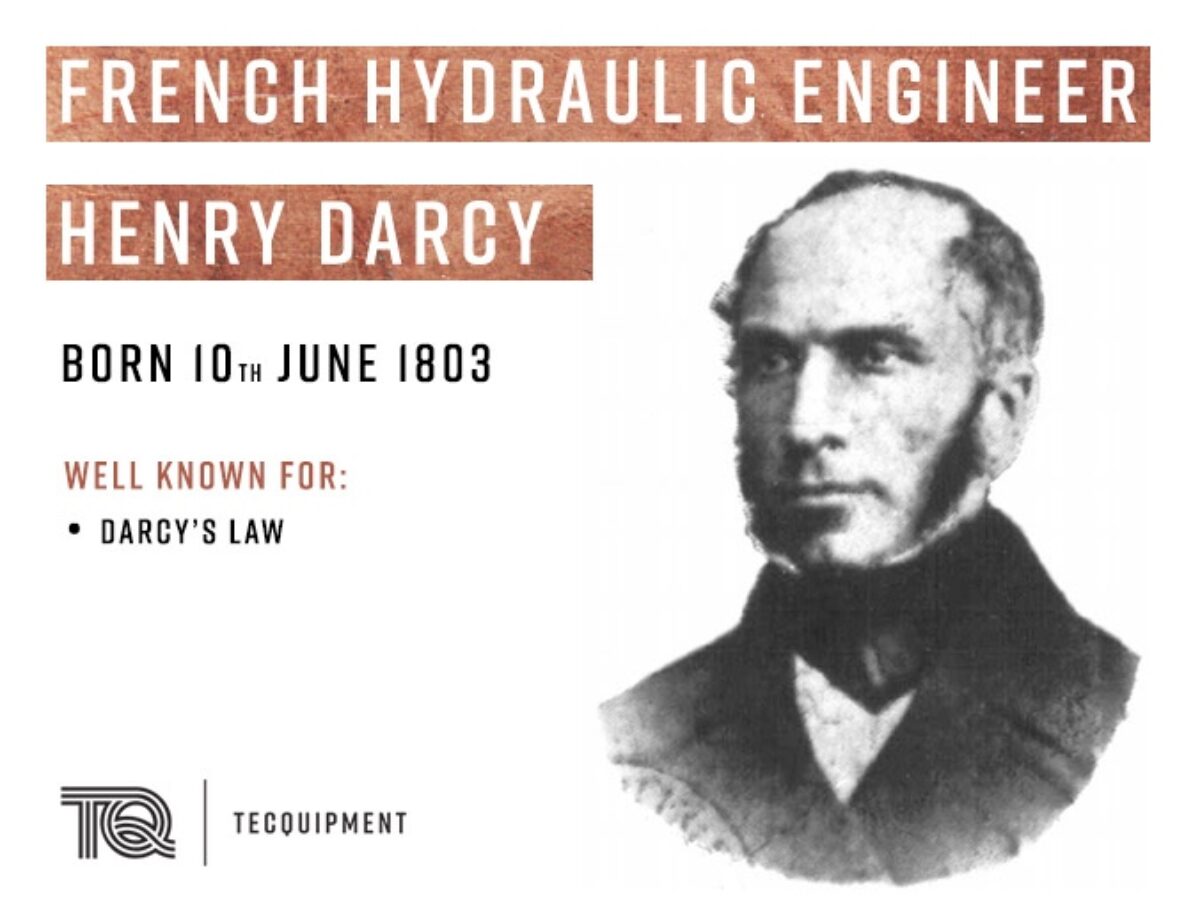
Alternative Energy Research: Harnessing Energy from Cavity Flow Oscillation
The results of this study show promise and justify further study. Simple cavity flow-based energy harvesting devices could easily be envisaged as being suitable for use in various scenarios such as aircraft, automobiles, pipelines and even rivers for powering sensors. Continue reading here: Alternative Energy Research: Harnessing Energy from Cavity Flow Oscillation
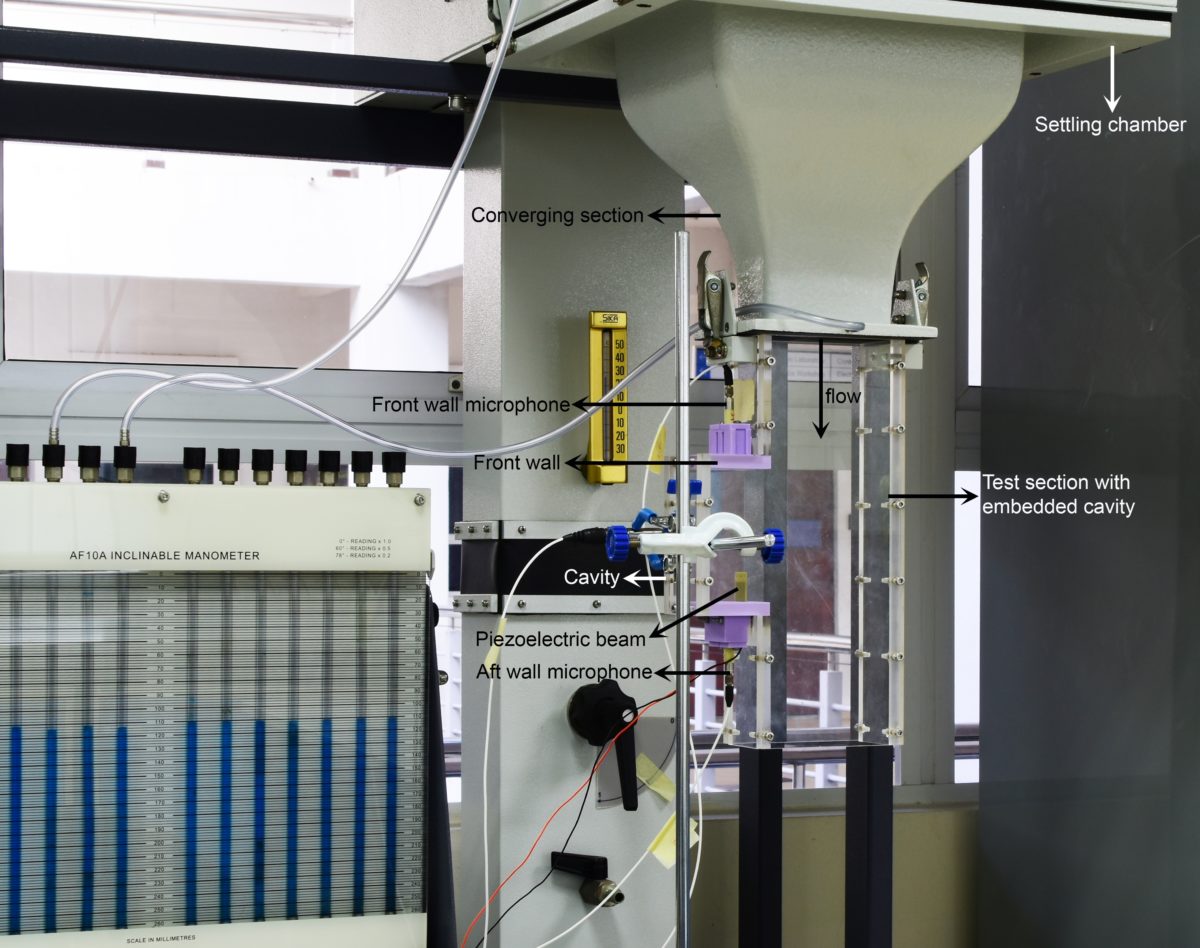
Hooke's Law
Hooke was the first man to state in general that all matter expands when heated and that air is made up of particles separated from each other by relatively large distances. Continue reading here: Robert Hooke: Hooke’s Law
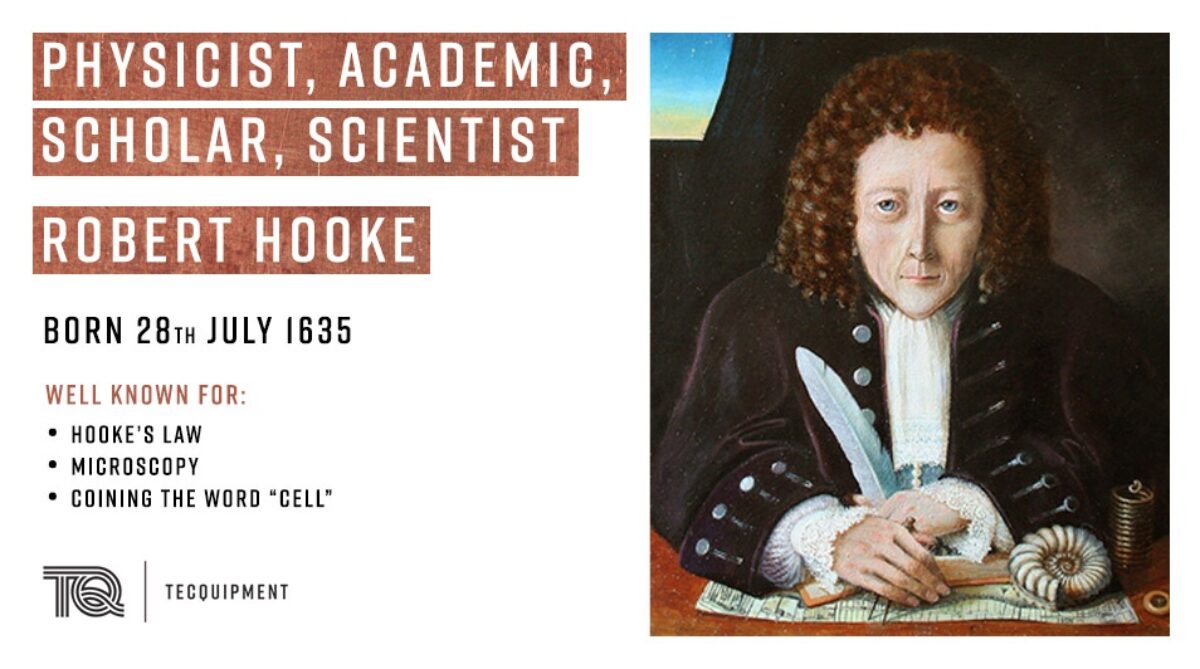
Autism Awareness
Typically, such awareness initiatives are helpful to promote information sharing and improved awareness about issues that affect groups of individuals. However, we can also use such initiatives to offer up a powerful new way of seeing others and, therefore, ourselves. Autism is one aspect of neurodiversity; a spectrum of the different ways in which people think and interpret information. Continue reading here: Autism Awareness

Ideal Gas Law
Also known as the Pressure Law, this defines the relationship between the pressure and temperature of a fixed mass of gas kept at a constant volume. Continue reading here: Joseph-Louis Gay-Lussac: Ideal Gas Law
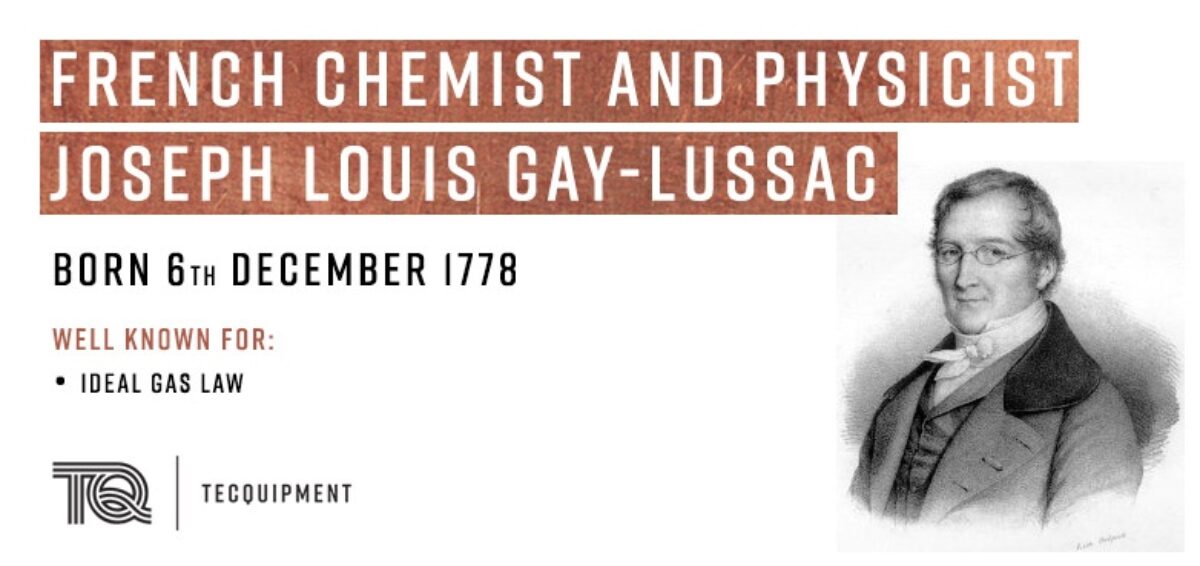
Cycling Aerodynamics and Wind Tunnel Testing
Wind tunnels provide a variable testing environment for bikes as well as cyclists in-situ, allowing for trial and error testing in order to tailor an aerodynamic strategy for a riders’ needs. Continue reading here: Cycling Aerodynamics and Wind Tunnel Testing

The Implementation of Carbon Fibre in Running Shoes
To enhance the performance levels of competitive running, carbon fibre plates are increasingly being put into the midsole of running shoes, with evidence correlating with claims to knock minutes off an average runner’s marathon time. Continue reading here: The Implementation of Carbon Fibre in Running Shoes

Boyle's Law
This is an experimental gas law that describes how the pressure of a gas tends to increase as the volume of the container decreases, illustrated mathematically as follows. Continue reading here: Robert Boyle: Boyle's Law
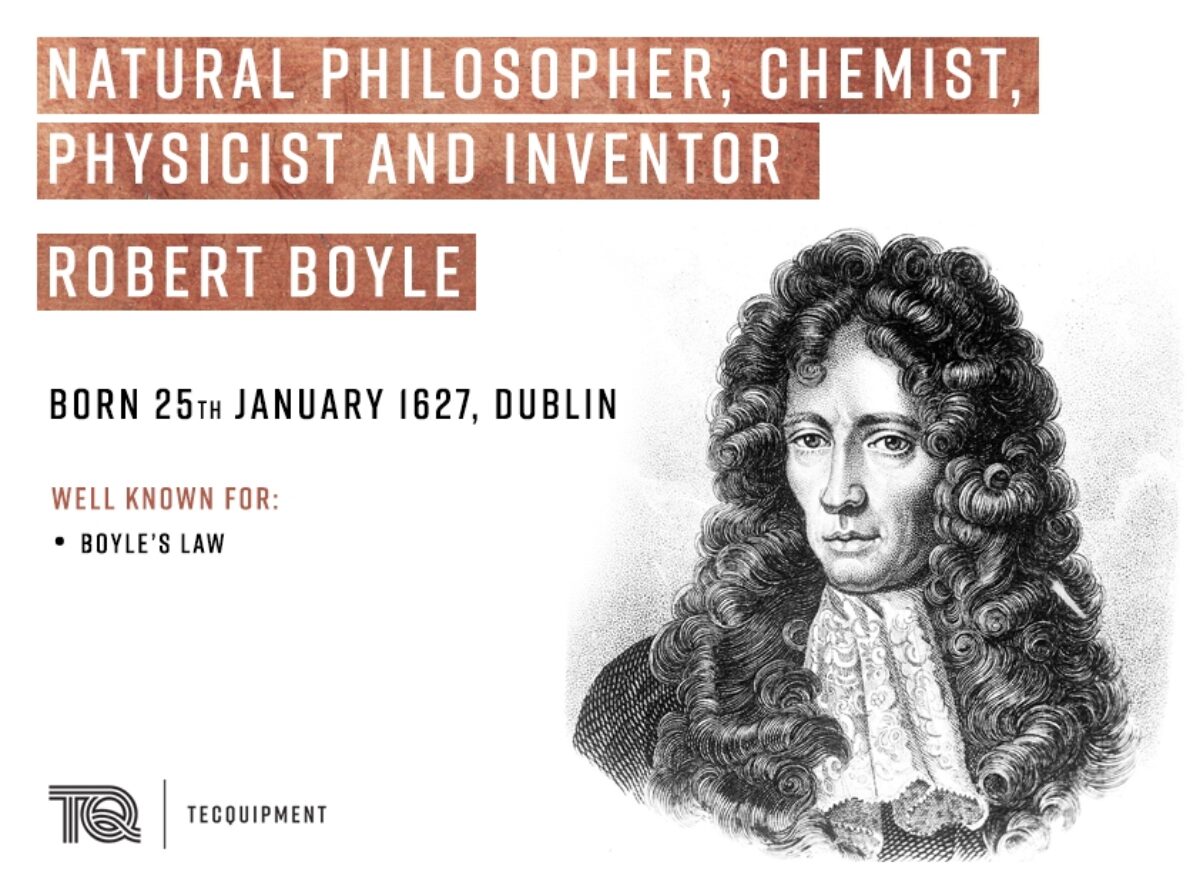
Teaching Solar Energy Engineering
In the face of the threat posed by global warming and climate change, renewable sources of energy that are sustainable and friendly to the environment are being increasingly developed and used to provide an ever-growing proportion of the electrical power used in many countries. Continue reading here: Teaching Solar Energy Engineering
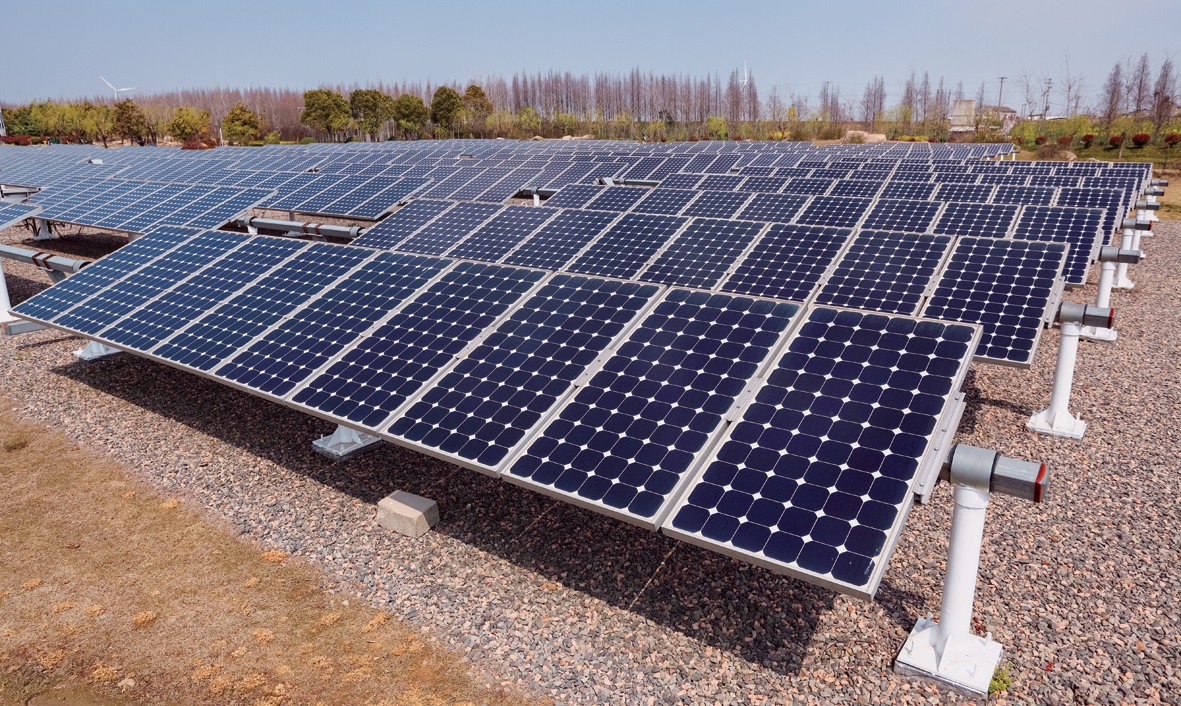
Mohr's Circle
Mohr's Circle also known as the point stress distribution diagram or stress circle, which studies the lines of influence in structures allowing engineers to pinpoint the maximum stress. Continue reading here: Christian Otto Mohr: Mohr’s Circle
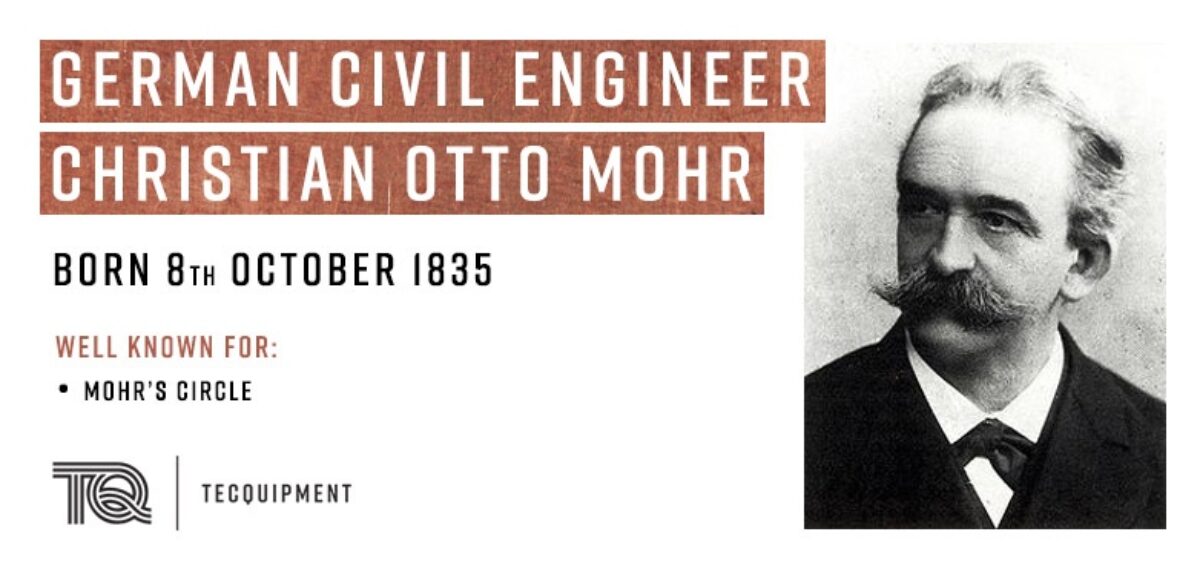
Aeronautic Engineering with Kent State University
Through the video Dr. Stringer discusses the different models they use, the benefits of using the Three-Component Balance and provides an example of using VDAS, the data acquisition system. Continue reading here: Aeronautic Engineering with Kent State University
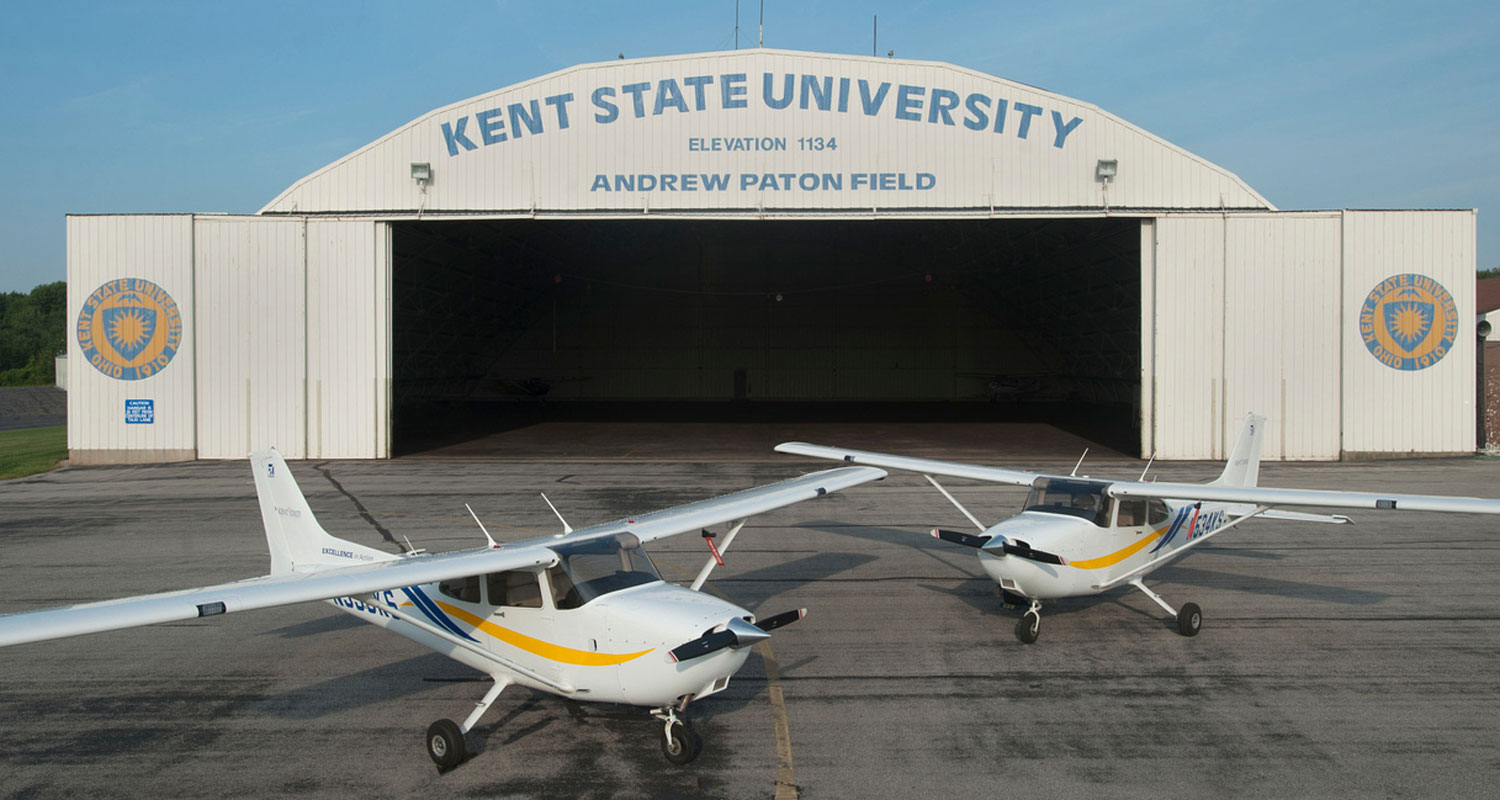
Euler’s Laws
Leonhard Euler’s work made an impact in numerous areas of mathematics and is credited in the science and engineering disciplines for popularising modern notation and terminology. Below is a description of some of Euler’s theories and assumptions relating to engineering. Continue reading here: Leonhard Euler: Mathematics Genius
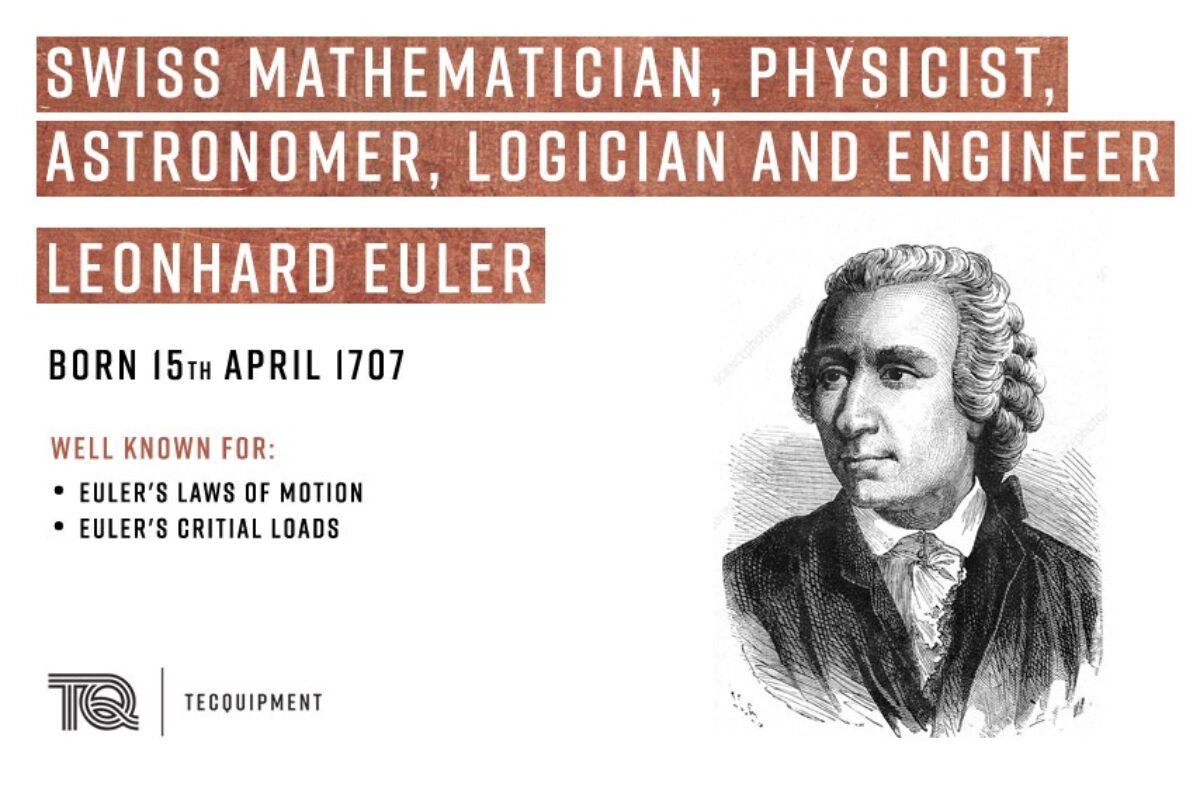
Dyslexia Engineering
Dyslexia – affects approximately 10% of the population, is most commonly due to genetics and is neurological in origin. Dyslexia is also highly correlated with average or above average ability levels and creativity. Continue reading here: Dyslexia Engineering

Access our Booklet
Gain access to a compiled booklet with all our resources in one place!

